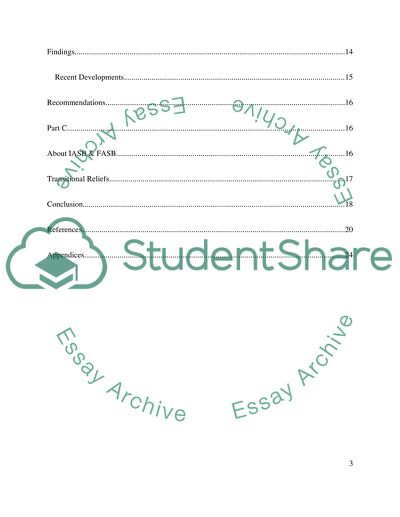Cite this document
(“Financial accounting Essay Example | Topics and Well Written Essays - 4000 words”, n.d.)
Retrieved de https://studentshare.org/finance-accounting/1392371-financial-accounting
Retrieved de https://studentshare.org/finance-accounting/1392371-financial-accounting
(Financial Accounting Essay Example | Topics and Well Written Essays - 4000 Words)
https://studentshare.org/finance-accounting/1392371-financial-accounting.
https://studentshare.org/finance-accounting/1392371-financial-accounting.
“Financial Accounting Essay Example | Topics and Well Written Essays - 4000 Words”, n.d. https://studentshare.org/finance-accounting/1392371-financial-accounting.


